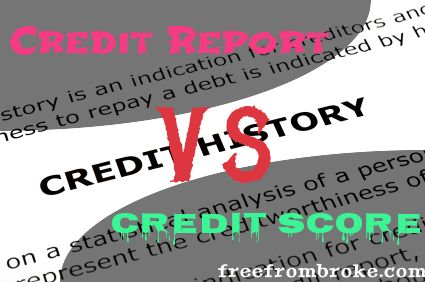
VantageScore refers to a credit score lenders use to evaluate potential borrower candidates. This score is used by credit card lenders, as well as fintechs. VantageScore credit scores are used by nine of the ten largest credit unions and banks in the country.
FICO
While both VantageScore and FICO scores are used to calculate your credit score, they are not exactly the same. The FICO score must reflect at least six months of account activity for you to receive a score, while the VantageScore doesn't care about the number of accounts you have or how often you use them. VantageScore also doesn't require any minimum credit history, though it does require that you have one active credit account.
VantageScore calculations are complex, and they can differ from one lender to the next. Both scores will give you a better idea about your credit health. A VantageScore score of 623 is considered good credit. It is close to the fair-credit cutoff.
VantageScore
VantageScore, a consumer credit scoring tool, was established in 2006 by a joint venture of the three major credit agencies. Each of the credit bureaus controls 50% of VantageScore. Credit scoring is designed to empower consumers to make financial decisions.

The VantageScore model uses machine learning to determine a person's credit risk. This means it can rate people with limited credit histories. The company claims it is able to rate about 30 million individuals. You may not see your VantageScore if you are brand new to credit for several months or even one year.
FICO 8
The VantageScore credit score is based on the same calculations as the FICO 8. However, VantageScore's weighting system differs from the FICO 8. FICO scores are calculated by information from the credit report. VantageScore is calculated using more personal information such as income, political beliefs and political affiliations. VantageScore does not provide percentages for any factor but instead focuses on the "influential" ones.
Both FICO, and VantageScore formulas both consider payment history to be a major component. In FICO, payment history is the biggest component, while in VantageScore, it is the third most significant factor. Your score will also be affected by the age of your credit history, and the types of credit accounts that you have. The VantageScore also looks at credit usage, and recommends that you keep balances under 30% of your credit limit.
VantageScore 4.0
VantageScore 4.0 is an exciting new model for credit scoring. It incorporates machine learning techniques to provide scores with more accuracy. However, higher scores do not necessarily come with greater accuracy. While this model can affect your credit score, it won't affect the main factors that influence your credit score.
Many financial institutions, such as banks, credit card issuers, utilities, use the scoring system. This system is being integrated into consumer websites. Your VantageScore will be requested if you're applying to rent a space.

Tenant Data's Score on Tenant Data's Avantage Credit
Tenant Data's VantageScore 3.0 is a new scoring system that will have a major impact on tenant screening and the rental sector. The FICO credit score remains the industry's dominant credit score. However, the new model claims to be more accurate. It has many important changes, while it mirrors the FICO credit score range.
VantageScore can be defined as a number between 300 to 850. A score of 661 and higher is considered ideal. Scores below 660 indicate that there are improvements needed. For instance, tenants can try paying down their debt and making on-time rent payments to boost their VantageScore. These past and future rent payments are then reported to their credit report, which helps improve their credit score.